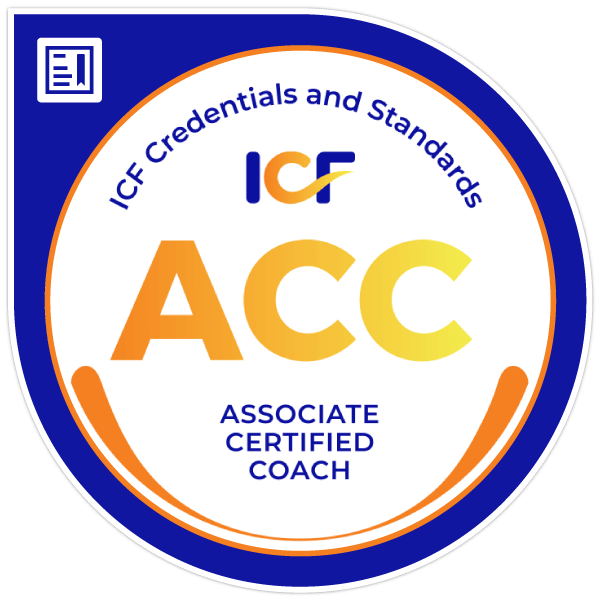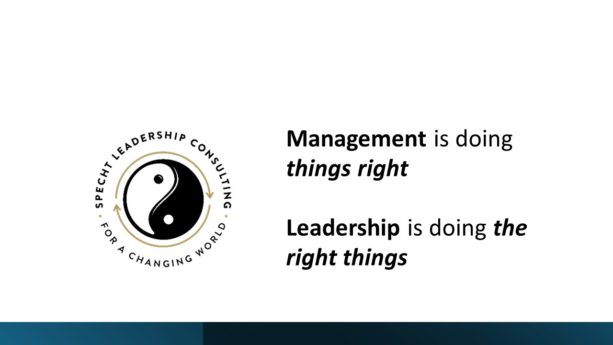
Strategic Thinking & Planning
Overall, strategic thinking is essential for executives to lead their organizations effectively in a dynamic and competitive business environment.
Executives need to be strategic for several reasons:
- Long-term vision
- Competitive Advantage
- Resource allocation
- Adaption to change
- Risk management
- Alignment of efforts
- Innovation
Ray has the expertise and experience in strategic thinking and planning with 40+ years in senior management including:
- Vice Chairman, President & CEO creating Toyota Bank for Toyota USA
- Chairman, President & CEO creating Volkswagen Bank USA for Volkswagen of America
- President & CEO creating WEX Bank
- Senior Vice President turning around a troubled bank to an FDIC highest-rated bank
- Consulted with several organizations to develop strategic visions and plans
What is Strategic Thinking?
Strategic thinking involves the ability to analyze situations, anticipate consequences, and plan actions with a long-term perspective to achieve specific goals. It’s about seeing the bigger picture, understanding how different factors interact, and making decisions that align with overarching objectives. Strategic thinkers often consider various scenarios, assess risks, and identify opportunities for growth or improvement. They prioritize tasks based on their importance and impact, and they adapt their plans as circumstances change. Ultimately, strategic thinking is essential for effective leadership, problem-solving, and achieving success in complex environments.
What is Strategic Planning?
Strategic planning is a systematic process organizations use to set goals, define strategies, allocate resources, and make decisions that guide the direction of the organization. It involves analyzing the current situation, identifying strengths, weaknesses, opportunities, and threats (SWOT analysis), and formulating strategies to achieve long-term objectives.
Key components of strategic planning typically include:
- Vision and Mission
- Goals and Objectives
- SWOT Analysis
- Strategy Formulation
- Resource Allocation
- Implementation



